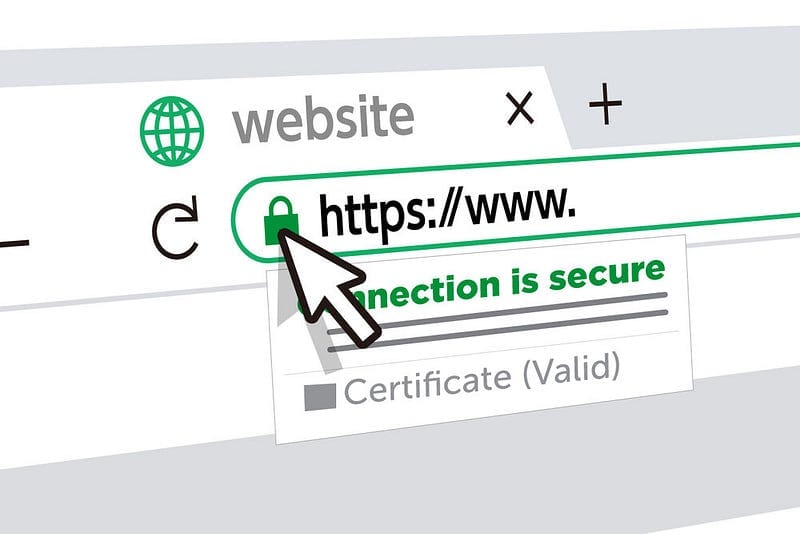Certificate Transparency Protocol: A Quick Overview
The Certificate Transparency (CT) protocol addresses the trust-based Public Key Infrastructure (PKI) limitations and provides a reliable…

The Certificate Transparency (CT) protocol addresses the trust-based Public Key Infrastructure (PKI) limitations and provides a reliable mechanism for detecting misissued certificates.
Origin of the Certificate Transparency Protocol
The CT protocol was introduced by Google in 2013 as an open framework to monitor and audit digital certificates.
Its genesis can be traced back to a series of security incidents that exposed the vulnerabilities in the PKI system.
These incidents, such as the DigiNotar breach in 2011 and the TurkTrust misissuance in 2012, revealed that Certificate Authorities (CAs) could be compromised or issue fraudulent certificates.
Consequently, Google sought to create a more transparent and trustworthy certificate issuance system, resulting in the CT protocol.
How Certificate Transparency Works at a Low Level
The CT protocol is built on three core components: Certificate Logs, Monitors, and Auditors.
- Certificate Logs: These are publicly accessible, append-only, and cryptographically verifiable databases of issued certificates. When a CA issues a new certificate, it is required to submit the certificate to at least one CT log. The log server then provides a Signed Certificate Timestamp (SCT) as proof of submission. Logs are designed to be tamper-proof, ensuring that once a certificate is added, it cannot be removed or modified.
- Monitors: These entities observe the logs for suspicious activity and ensure the compliance of CAs with CT policies. Monitors can be operated by security organizations, businesses, or individuals and are responsible for detecting wrong certificates or signs of CA compromise.
- Auditors: Auditors are responsible for verifying the correctness and consistency of log entries. Browsers and other TLS clients act as auditors, checking SCTs and validating them against the log entries. By doing so, they ensure that only legitimate certificates are trusted.
Benefits of the Certificate Transparency Protocol
- Enhanced Security: By allowing the public to scrutinize certificate issuance, CT helps detect wrongly issued certificates, potentially mitigating the impact of CA compromises and man-in-the-middle attacks.
- Accountability: CT fosters accountability among CAs by requiring them to maintain transparency in their issuance practices. This added layer of scrutiny incentivizes CAs to maintain stringent security practices and adhere to industry standards.
- Faster Incident Resolution: Since CT makes it easier to identify fraudulent certificates, security teams can respond more quickly to incidents, minimizing the impact on end-users.
Challenges of the Certificate Transparency Protocol
- Privacy Concerns: As CT logs are publicly accessible, they could potentially expose sensitive information, like domain names and their corresponding certificates. This can be a cause for concern for organizations that prioritize privacy and confidentiality.
- Scalability: The growth of certificate issuance, spurred by the increased adoption of HTTPS and shorter certificate lifetimes, could strain the scalability of CT logs, monitors, and auditors.
- Implementation Complexity: Integrating CT into existing infrastructure can be complex, and organizations may be reluctant to invest time and resources in implementing the protocol.
The Certificate Transparency protocol has significantly improved the security and reliability of the PKI system.
By providing a transparent mechanism for monitoring and auditing certificate issuance, CT helps protect users from fraudulent certificates and holds CAs accountable for their actions.
Despite its challenges, the CT protocol remains vital in ensuring a safer and more trustworthy internet.
Did you like the article? Leave a comment!
Follow me on Medium, LinkedIn, and Twitter.
All the best,
Luis Soares
CTO | Head of Engineering | Cyber Security | Blockchain Engineer | NFT | Web3 | DeFi | Data Scientist
#certificate #SSL #certificateauthority #protocol #TLS #keystore #PKI #cryptography #encryption #security #secure #cyber #cybersecurity #cyberattack #threat #security #devsecops #prevention



